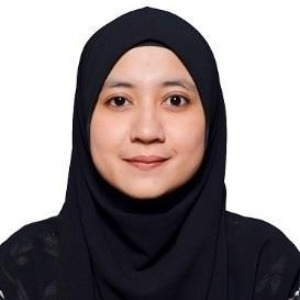8th Edition of Euro Global Conference on
Food Analysis
Food analysis is a critical aspect of ensuring food safety, quality, and compliance with regulatory standards. It involves the systematic examination of food samples to determine their chemical composition, nutritional content, physical properties, and microbiological safety. Various analytical techniques are employed in food analysis, including chromatography, spectroscopy, immunoassays, and microbiological testing. Chromatographic methods such as gas chromatography (GC) and high-performance liquid chromatography (HPLC) are commonly used to separate and quantify individual components in complex food matrices, such as fats, carbohydrates, proteins, vitamins, and additives. Spectroscopic techniques like infrared (IR), ultraviolet-visible (UV-Vis), and nuclear magnetic resonance (NMR) spectroscopy are employed to identify and quantify specific compounds based on their unique spectral signatures. Immunoassays, such as enzyme-linked immunosorbent assays (ELISA), are used to detect and quantify allergens, toxins, and microbial contaminants in food samples. Microbiological testing involves culturing and identifying bacteria, yeasts, molds, and other microorganisms present in food, assessing their viability, and determining their potential for causing foodborne illness. Food analysis plays a crucial role in various aspects of the food industry, including product development, quality control, food safety, regulatory compliance, and research. It helps ensure that food products meet consumer expectations, adhere to labeling requirements, and comply with food safety regulations established by government agencies such as the Food and Drug Administration (FDA) and the European Food Safety Authority (EFSA). Additionally, food analysis helps identify emerging foodborne hazards, monitor foodborne outbreaks, and investigate incidents of food fraud or adulteration. Overall, food analysis is essential for maintaining public health, ensuring food safety, and promoting consumer confidence in the food supply.

Said Bouhallab
INRAE, France
Giovanni De Francesco
University of Perugia, Italy
Ombretta Marconi
University of Perugia, Italy
Alex Martynenko
Dalhousie University, Canada
Ana Isabel Najera
University of the Basque Country EHU, Spain
Marcin A Kurek
Warsaw University of Life Sciences, Poland


